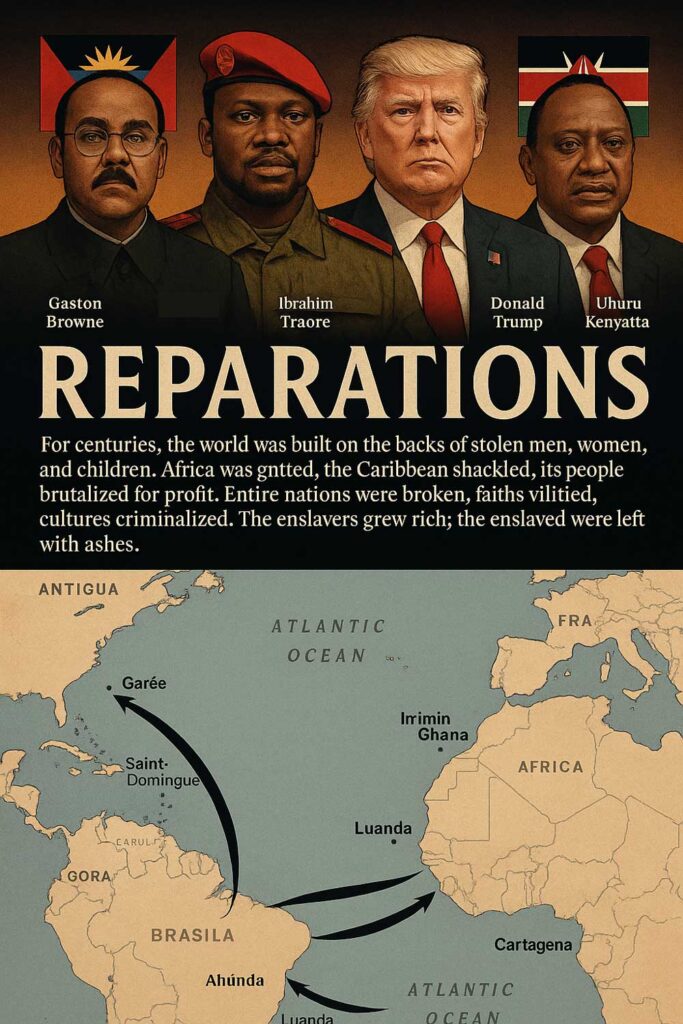Tariffs between the US, Canada, and Mexico are set to escalate on Tuesday, with decisions on the scale of the tariffs resting with President Donald Trump. Commerce Secretary Howard Lutnick announced that the tariffs, aimed at addressing perceived issues regarding illegal drug trafficking and immigration, would occur as planned, although specifics remain under negotiation.
The proposed tariffs on Mexico and Canada are seen as part of a broader strategy by the Trump administration to use tariffs as a tool for correcting trade imbalances and bolstering American manufacturing. However, previous discussions with Canadian officials have underscored the potential economic repercussions, with Canadian Internal Trade Minister Anita Anand asserting that Canada would respond decisively if tariffs are enacted.
Amid these developments, Beijing is preparing for retaliatory measures in response to a 10% tariff on Chinese goods, with a total potential levy reaching 20% following earlier tariffs. Analysts suggest that while tensions are high, China still seeks to negotiate a truce rather than engage in a full trade war, although a lack of a recent deal has created uncertainty.
Meanwhile, as Canada insists that the amount of fentanyl coming from its borders is minimal, measures are being increased to prevent contraband, highlighting the complex narratives surrounding drug trafficking between these nations.
President Trump has also hinted at future tariffs on imported steel and aluminum, set to affect a range of foreign imports, including those from the European Union. The unfolding situation illustrates the intricate dynamics of tariffs as both a political strategy and an economic challenge amid global trade conflicts.
The proposed tariffs on Mexico and Canada are seen as part of a broader strategy by the Trump administration to use tariffs as a tool for correcting trade imbalances and bolstering American manufacturing. However, previous discussions with Canadian officials have underscored the potential economic repercussions, with Canadian Internal Trade Minister Anita Anand asserting that Canada would respond decisively if tariffs are enacted.
Amid these developments, Beijing is preparing for retaliatory measures in response to a 10% tariff on Chinese goods, with a total potential levy reaching 20% following earlier tariffs. Analysts suggest that while tensions are high, China still seeks to negotiate a truce rather than engage in a full trade war, although a lack of a recent deal has created uncertainty.
Meanwhile, as Canada insists that the amount of fentanyl coming from its borders is minimal, measures are being increased to prevent contraband, highlighting the complex narratives surrounding drug trafficking between these nations.
President Trump has also hinted at future tariffs on imported steel and aluminum, set to affect a range of foreign imports, including those from the European Union. The unfolding situation illustrates the intricate dynamics of tariffs as both a political strategy and an economic challenge amid global trade conflicts.






















